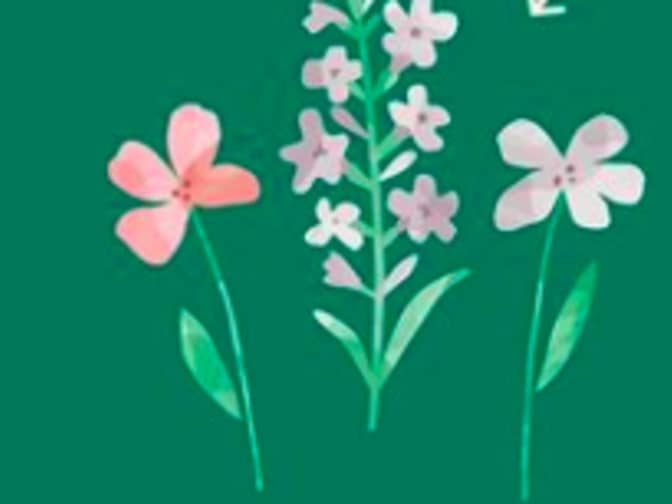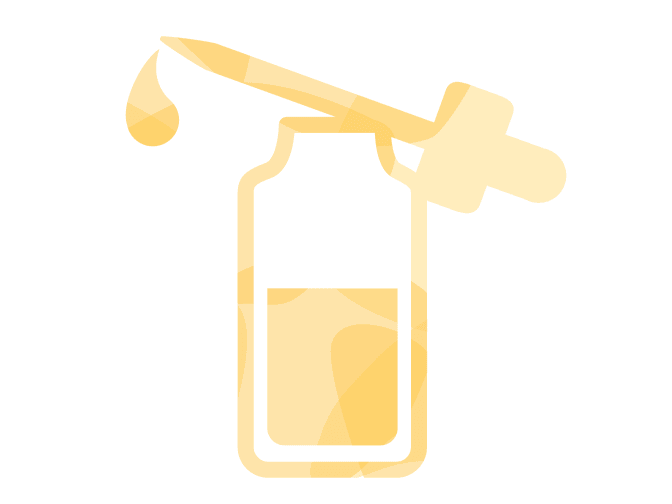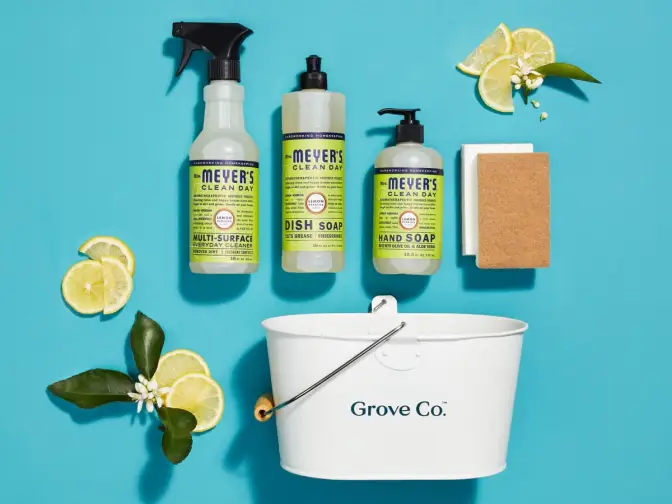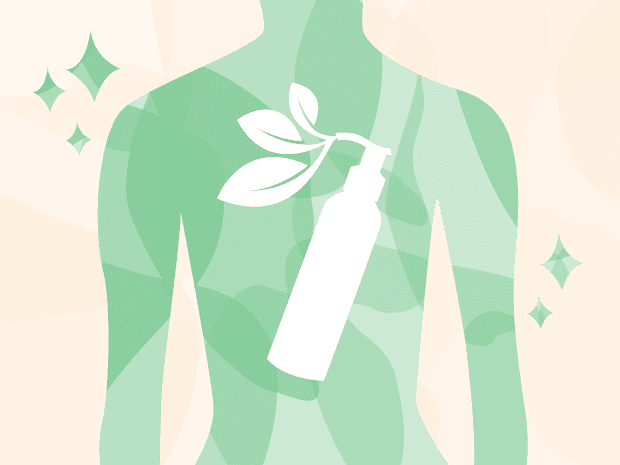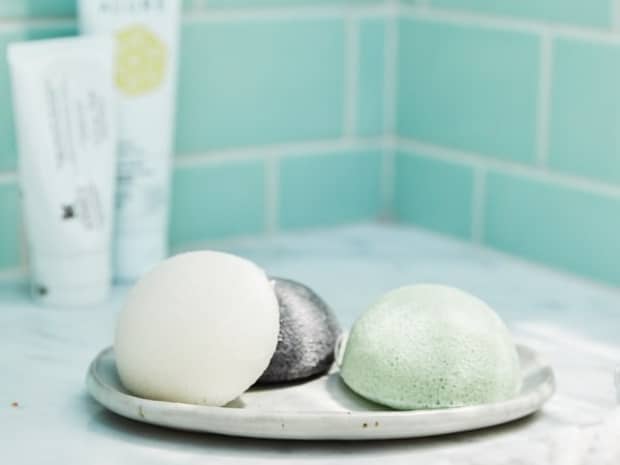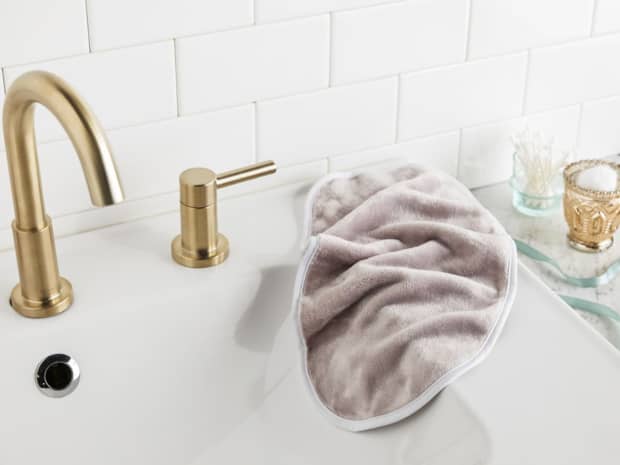As a topical application
When essential oils are applied directly to your skin — either directly or in a carrier oil — they penetrate deeply, and their medicinal properties take effect.
You should always test a small patch of skin first to see if you have any allergic reactions to specific scents and oils.


